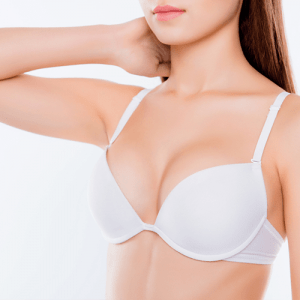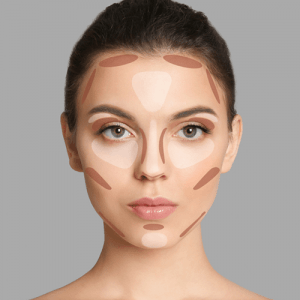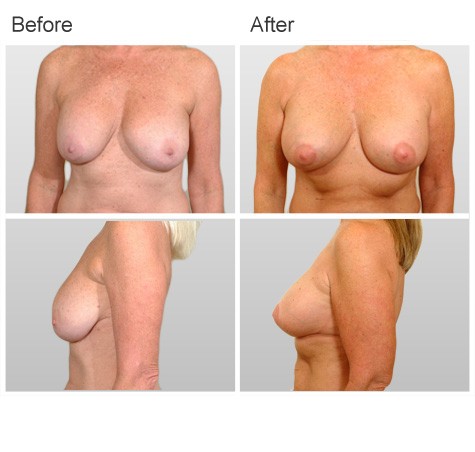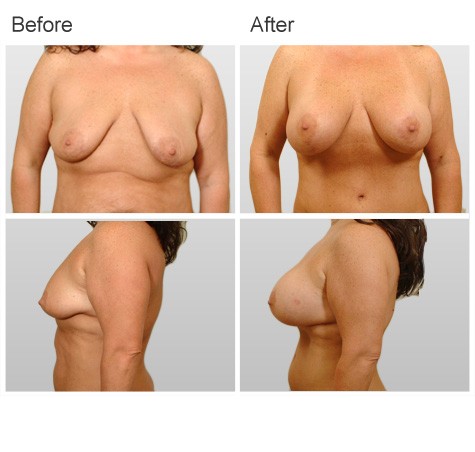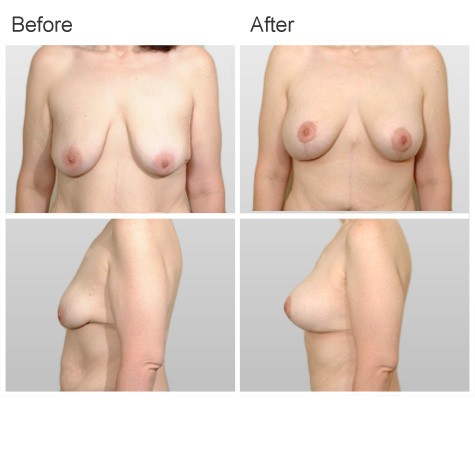Breast Reshaping (Mastopexy)
Mastopexy is the clinical term for breast reshaping surgery. Breast may be misshapen congenitally, as a result of pregnancy, a byproduct very large breasts yielding to gravity, or after massive weight loss. The breasts can be reshaped and made smaller (breast reduction). They can be reshaped without a change in volume or they can be reshaped with an increase in volume (breast augmentation).
In the below video, Dr. Vincent Zubowicz talks about breast lift surgery (Mastopexy). He answers questions about the surgical procedure, recovery time, and scarring with the procedure.
Mastopexy FAQs and Videos
Written and reviewed by:
This article was written by Dr. Vincent Zubowicz, who is board certified by the American Board of Plastic and Reconstructive Surgery. He practices medicine at his offices in Milton and Atlanta. Learn more about Dr. Zubowicz, his medical training, and credentials.
Customer Reviews


Dr. Vincent Zubowicz is one of the Atlanta areas top plastic and reconstructive surgeons. He is an expert in cosmetic surgery, with years of experience performing many plastic surgery procedures. He offers a personal, customized approach and is dedicated to helping patients achieve the most natural looking results.
Call our office at 470-462-2917 to schedule your consultation with Dr. Vincent Zubowicz.


